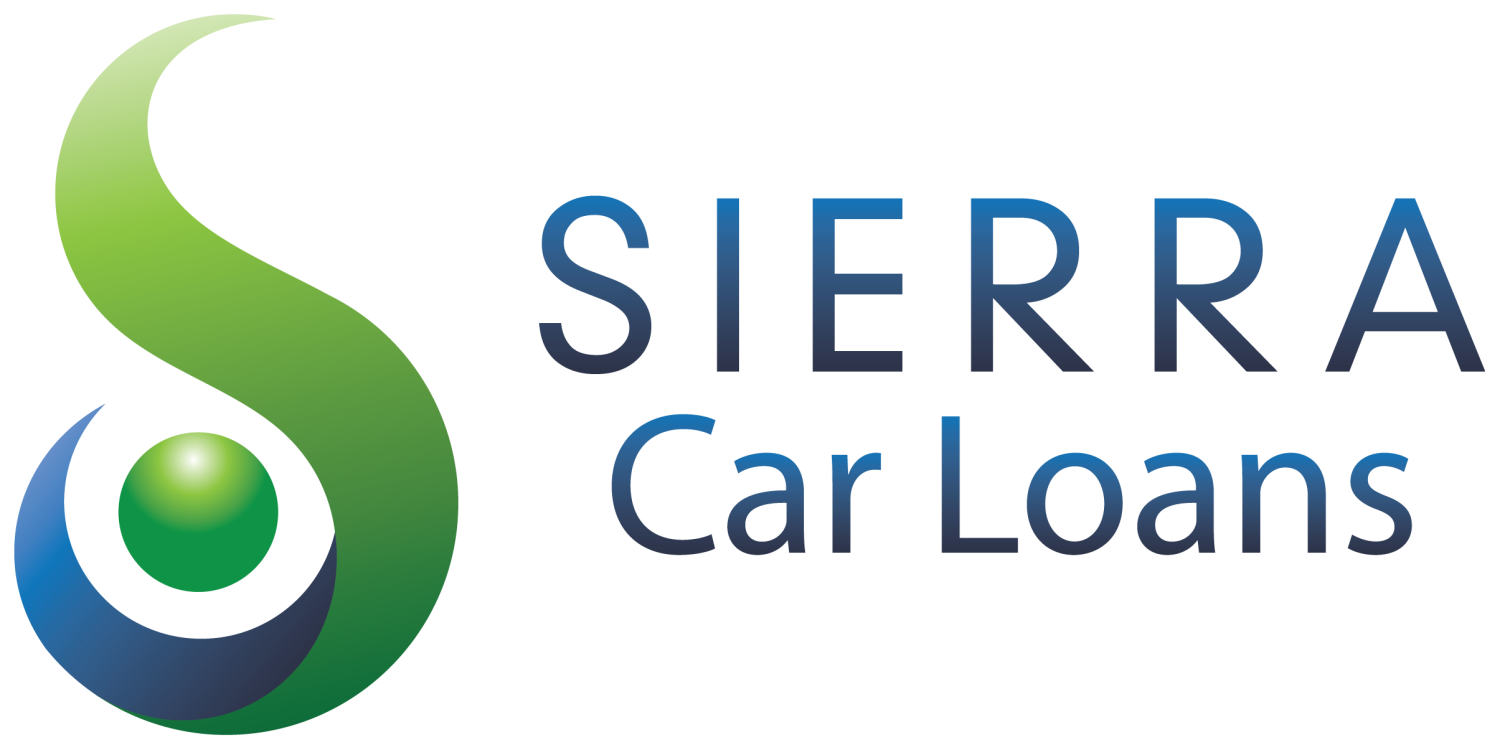When any credit assistance provider is advertising interest rates in their marketing material, legislation states that they must also advertise a comparison rate.
Why Is This So?
The reasons for this made some sort of sense when first introduced, as it was to make it easier for a consumer to understand the real cost of a loan, where in the past, low interest rates could be advertised without the explanation of any fees involved, and more often than not the large fees would actually cost the consumer more than if they were to accept a loan with a higher interest rate and lower fees.
How Does A Comparison Rate Work?
A comparison rate will give a more accurate indication of the total costs of your loan, as they will consider the fees involved in setting up the loan into the comparison rate, however a comparison rate is only used in advertising and not required to be disclosed anywhere else. A Comparison rate is basically how much the interest rate would be based on your repayments inclusive of all fees and charges, only on the amount advanced to you.
Why Is A Comparison Rate Not The Perfect Solution?
There are problems with how comparison rates work, as it does not consider any early exit or break costs if a loan was paid out early. This allows financiers to lower their interest rates, but increasing exit costs to make it difficult to change loans if you found a better offer down the track.
Also, the advertised comparison rate would usually be advertised on a specific amount and loan term, which may be completely different to your own proposal. The most common borrow amount and term used in advertising, which must be published in their disclaimer, is a borrow amount of $30000 over 5 years, where if your borrow amount was higher over the same loan term, your comparison rate would actually be lower, and on the flip side, if your borrow amount was less, then the comparison rate would be higher, as it would be if the loan term was less than 5 years.
A comparison rate is not the perfect solution, but it does give the consumer a bit of a better understanding of the real cost of each loan offer, helping consumers make better informed decisions.
Below is an example of how a comparison rate would be calculated
| Price | $20,000 |
| Cash Deposit | -$1,000 |
| Trade In | -$7,000 |
| Payout On Trade | $8,000 |
| Changeover | $20,000 |
| Lender Fee | $350 |
| Registration Fee | $10 |
| Amount Borrowed | $20,360 |
| Repayment Calculation | ||||
| Interest Rate (p.a.) | 7% | As written on finance contract | ||
| Amount Borrowed | $20,360 | Inclusive of all fees | ||
| Loan Term (Months) | 60 | |||
| Monthly Repayment | $403.15 | |||
| Monthly Account Fee | $5 | |||
| Total Payment | $408.15 | |||
| Comparison Rate Calculation | ||||
| Changeover Figure | $20,000 | Fees not included | ||
| Total Payment | $408.15 | As per loan contract | ||
| Loan Term (Months) | 60 | |||
| Comparison Rate | 8.27% | Not disclosed anywhere | ||


